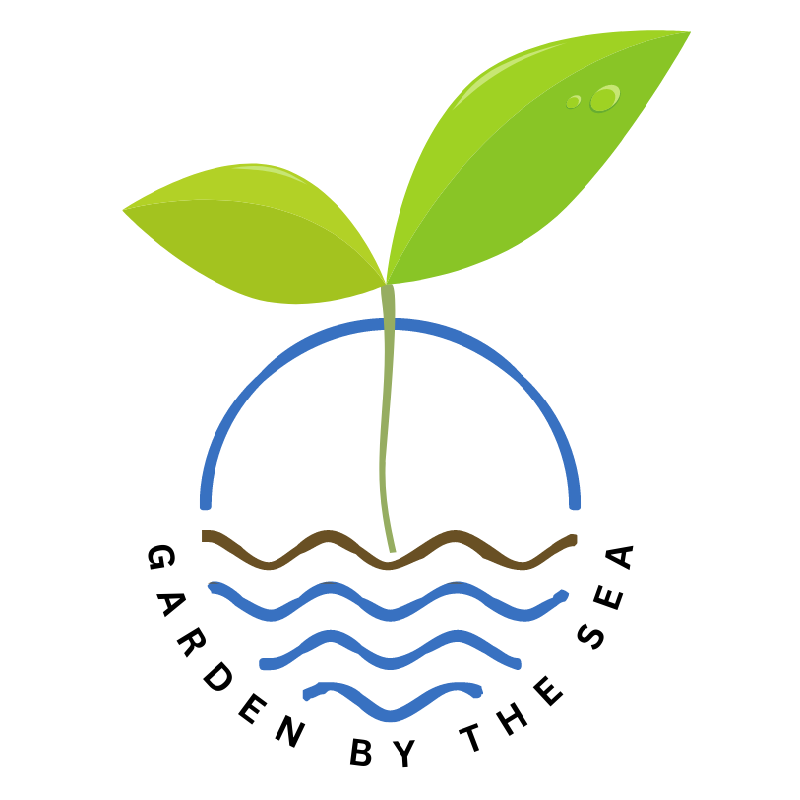Have You Ever Heard of Integrated Pest Management – IPM?
This approach relies more on controlling pests rather than eradicating them. The following are some IPM tips you can use in your garden.
No garden is ever without pests and diseases. Destructive organisms that fly, crawl, creep or leap will enter even the best-tended yard eventually. Gardens are microcosms where plants, insects, bacteria, fungi, and earthworms live and thrive. Most of these organisms are good for soil and plants. They do no harm but occasionally a troublemaker will find its way into this “living-together-in-harmony” system, when that happens, you will need some extra help to restore “peace and harmony” to your garden.
Integrated Pest Management (IPM) is a strategy that does not eliminate garden pests but strives to keep them under control and to reduce their damage to tolerable levels. It is a gentler method for the environment and for your garden. IPM relies on alternative techniques for pest control and garden problems. These include biological control, resistant varieties, crop rotation, and a few other methods.
The question is how do you apply the IPM approach?
The first step is a mantra among master gardeners: choose the right plant for the right place. It means living in coastal Grays Harbor will require choosing different plants than those that gardeners in tropical climates would grow. Native plants that are disease and pest resistant to this area will do best. For North Beach/Ocean Shores you may want to consider adding “deer-resistant” as one of the requirements for the right plant. Every North Beach resident knows how important this is!
Half the battle against pests is already won when you choose the right plant for your environment. Proper planting techniques, crop rotation done yearly to avoid disease and pest build-up, proper pruning to allow for good air flow, and mulching to avoid weeds are IPM strategies to get your garden off to a great start.
Once the garden is planted, you should monitor your plants for signs of trouble. If you find a situation that is not to your liking, there are several options for dealing with it.
- You can physically remove the diseased parts of the plant such as pruning the branches of a tree that is infested with webbing caterpillars, or using water to hose off plants that are infested with aphids.
- Use biological pest control like goats that eat all your weeds. Now, if goats in your yard is not quite your idea of pest control, then perhaps planting ground covers that discourage the growth of weeds might be the IPM strategy for you.
- In case the issue seems minor and tolerable you may even decide to not take any action at all which is quite an acceptable solution and completely stress-free.
Only if nothing else seems to work may we consider chemical control methods to deal with the pests. We always take great care to choose an environmentally friendly product that is safe for bees and beneficial insects. We need to know when, where, and how to apply the pesticide, and we always want to read the entire label of the product first to ensure safe and correct application.
Proper plant choices such as the right plant for your climate and appropriate planting techniques are the first steps to IPM. Some knowledge of plant health care is helpful as it makes monitoring situations easier. You will find that using the strategies of IPM will create a garden that is filled with healthy plants without the danger that chemicals pose to animals and the environment. Give it a try – you are going to like it, and the plants will thank you later! Guaranteed.
See you in the garden!



